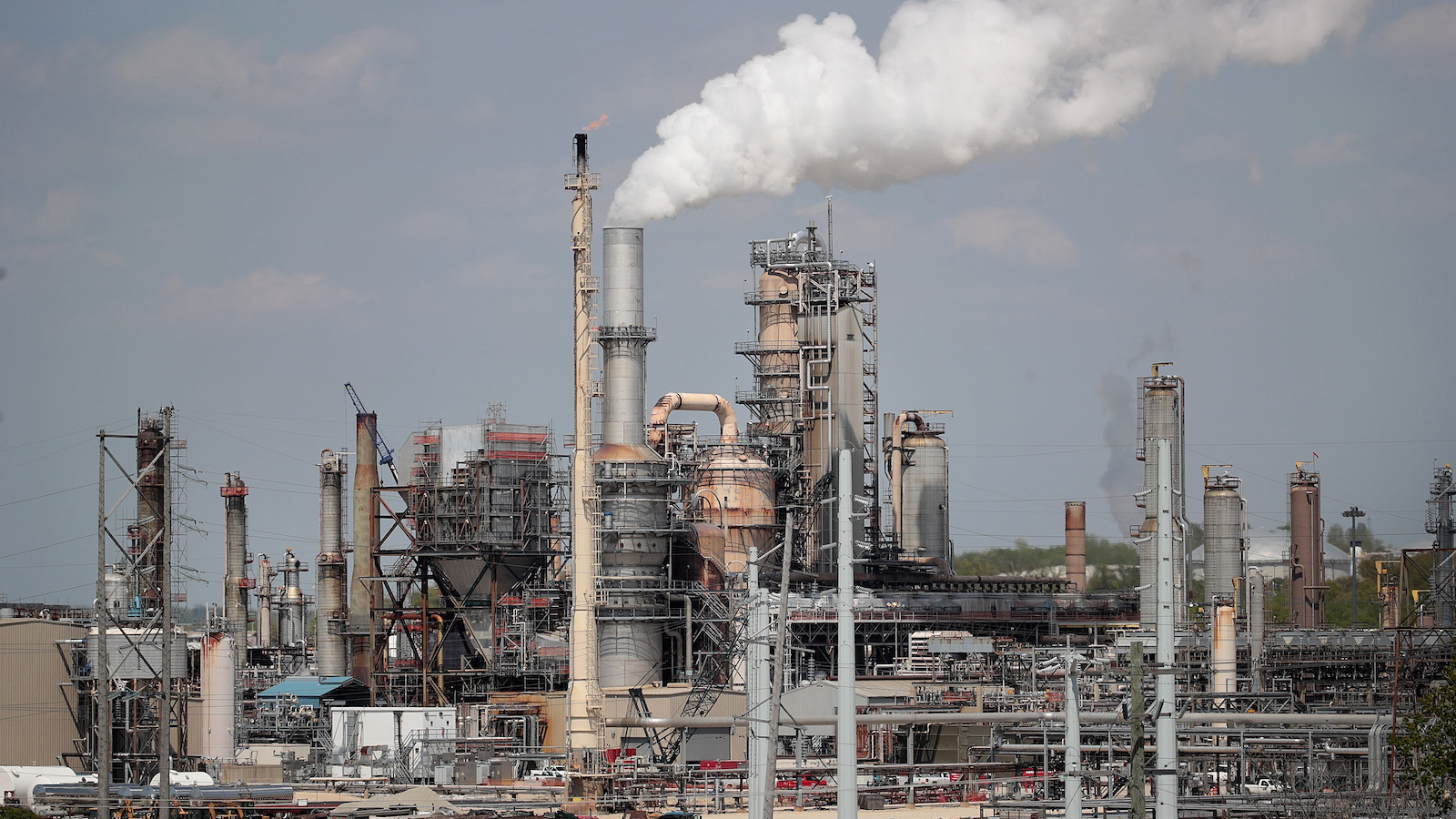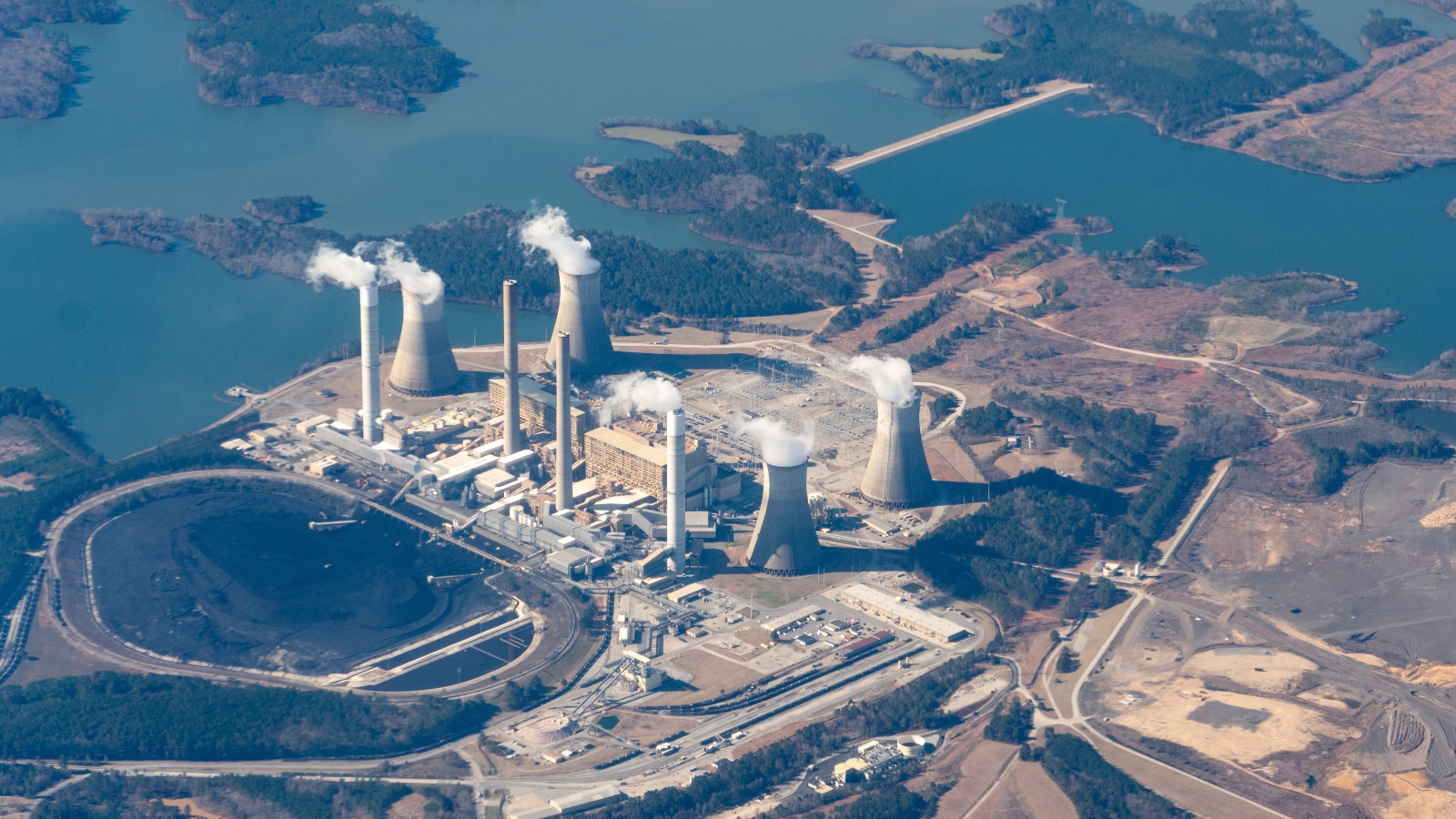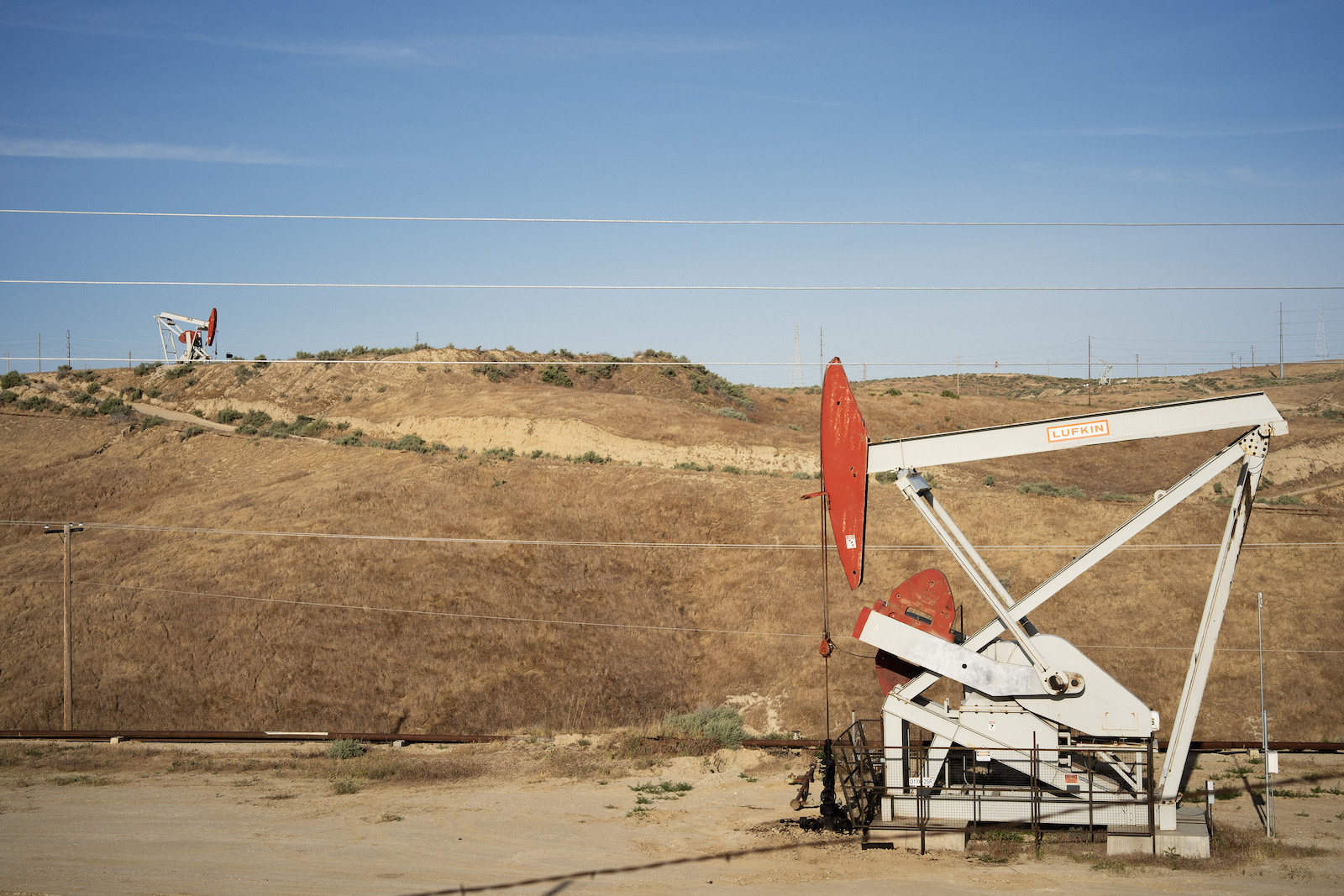Amid a divided state Legislature, Pennsylvania Democrats and Republicans are finding rare common ground in a bill designed to usher in a new industry for capturing climate-altering carbon dioxide and burying it underground.
Among other provisions, Senate Bill 831 would create an enforcement structure for carbon capture within the state, set a low bar for gaining consent from landowners near sites where carbon is injected into the ground and, in some cases, spare the fossil fuel industry from seismic monitoring — that is, watching for earthquakes, a known risk.
The bill, sponsored by state Sen. Gene Yaw, a Republican representing north central Pennsylvania who has personal ties to the fossil fuel industry, cleared the Republican-controlled Senate on a 30-20 vote in April. It now moves to the House of Representatives, which is controlled by Democrats.
But a coalition of environmental groups said the bill is riddled with problems. Landowners could be left in the dark when the collected carbon is pumped into the ground near their properties, they said. Additionally, carbon dioxide could eventually leak into the atmosphere, posing a risk to both the environment and public health: In Satartia, Mississippi, a pipeline carrying carbon dioxide ruptured, sending 49 people to the hospital complaining of labored breathing, stomach disorders and mental confusion.
“Our concerns with this were pretty significant,” said Jen Quinn, legislative and political director at the Pennsylvania chapter of the Sierra Club.
In introducing the legislation, Yaw pitched the bill as a proposal to direct state regulators to take over responsibility for the permitting process for carbon dioxide injection wells from the U.S. Environmental Protection Agency.
In reality, the bill, as written, would go much further than that. It would allow operators to inject carbon dioxide into underground geologic formations with permission from just 60 percent of the nearby landowners. It would allow operators to apply for a waiver ceding liability for these wells to the state after 10 years of a well’s completion. And it would allow operators to forgo seismic monitoring of the storage fields into which the carbon dioxide pumped into the earth, if they can prove that the field does not “pose significant risk.”
Several of these provisions, Quinn said, are “setting the bar very low.”
A report by the Ohio River Valley Institute, a nonprofit environmental think tank, showed that no state sets the landowner consent bar at less than 60 percent.
The report also argued that waiving operators’ liability over their carbon storage fields will lead to negligence: Operators that know they won’t be held responsible for any mess in the long run won’t be incentivized to run a clean operation, the report said.
Capital & Main reached out to Sen. Yaw, author of SB 831, and did not hear back by publication time. However, he said in a press release that the bill is a “proactive step” to building out the state’s carbon capture industry.
Environmentalists have long splintered over carbon capture and sequestration, known as CCS. The practice of collecting carbon dioxide from power plants and storing it underground has been criticized as costly, dangerous and largely unproven. While some say it is a useful tool among many for addressing the climate crisis, others call CCS a boondoggle that could offer a lifeline to the fossil fuel industry, which has rallied around the technology.
Environmentalists worry that in Pennsylvania, which has centuries of oil and gas drilling under its belt, the state’s geology could prove treacherous. “This idea that they’re going to go all in on carbon capture and try to inject this stuff in the same places where it’s like Swiss cheese … is just plain stupid,” said Karen Feridun, co-founder of the grassroots Better Path Coalition, a staunch opponent of burying carbon in the earth.
The state is dotted with orphaned and abandoned oil and gas wells, including many that likely have yet to be located. The wells create pathways underground through which gases can travel and potentially seep into waterways or leak into the atmosphere, undoing the progress of capturing the carbon in the first place. A 2009 report by the state’s Department of Conservation and Natural Resources said that the state’s legacy oil and gas fields could “constitute a leakage pathway for reservoir gases, including injected CO2.”
“The safest course of action would be to avoid the oldest of these oil fields,” the report added.
Feridun said she also anticipates that an influx of carbon dioxide injection wells will come with a maze of pipelines to transport the carbon.
Because the bill would permit operators to get consent from only 60 percent of property owners atop an injection site, some landowners would be left without a voice in the process, the southwestern Pennsylvania-based Center for Coalfield Justice warned in an online petition opposing the bill. The petition urges signatories to send a message to their representatives with language such as: “If 40 percent of people within a carbon storage field don’t want carbon injected beneath their feet — the project can move forward anyway.”
Ethan Story, advocacy director at the Center for Coalfield Justice, believes few Pennsylvanians are aware of the bill and what it could mean to them. “Landowners, in addition to elected officials in some communities, are very unaware and uneducated on this proposal,” he said. “The immediate reaction from a majority of the community members that we have talked to and presented this information to has been met with great pause.”
SB 831 has been met with a different reaction in the state Legislature, where it’s earned — and sometimes lost — votes from Democrats and Republicans alike.
Affirmative votes in the Senate came from a handful of Democrats, including state Sens. Jay Costa from Pittsburgh and Christine Tartaglione from Philadelphia. Those who opposed the bill included Sen. Doug Mastriano, a far-right Republican from south central Pennsylvania who made headlines in 2022 with a failed gubernatorial run and his full embrace of various hard-line policies, including a firm pro-fossil fuel stance.
Carbon capture “is, to a degree, cutting across what we would probably classify as traditional ideological divisions,” said Sean O’Leary, senior researcher, energy and petrochemicals, at the Ohio River Valley Institute, a nonprofit think tank.
One of carbon capture’s most crucial endorsements in the state came from Gov. Josh Shapiro. Shapiro, a Democrat, ran on an all-of-the-above strategy for tackling the climate crisis. He has now thrown his weight behind the technology as the state has pursued federal funding for hydrogen hubs. Carbon capture was also recently included in two of the governor’s climate proposals.
“Carbon capture is crucial to Pennsylvania’s energy future,” Shapiro spokesperson Manuel Bonder told Capital & Main. “We are glad to see a bipartisan group of senators agree with the governor that we need to invest in carbon capture and sequestration.
“The Administration looks forward to continuing to work with leaders in both parties to ensure bipartisan legislation contains appropriate environmental, public health, and safety protections as it moves through the legislative process,” Bonder added.
Shapiro’s support for carbon capture could be key to getting SB 831 over the goal line in the Democratically controlled state House, despite warnings from environmentalists. It also has the backing of the Pennsylvania State Building & Construction Trades Council, which makes campaign contributions to members on both sides of the aisle and which has supported fossil fuel and renewable projects alike.
The bill currently sits in the House Consumer Protection, Technology, and Utilities Committee, where a handful of more straightforward climate bills — including one that would improve school district access to solar energy and another that would legalize community solar projects across the commonwealth — have advanced with unanimous support before winning votes on both sides of the aisle on the full floor.
Capital & Main reached out to Democratic Rep. Rob Matzie, chair of the House Consumer Protection, Technology and Utilities Committee, for comment on the bill. Matzie did not respond by publication time. In the past, he has championed bills that proved to be a boon for fossil fuels, including one subsidizing a Shell Chemical Appalachia LLC plastics plant in southwestern Pennsylvania. When Shapiro released his carbon capture-infused energy plan, Matzie signaled his support: “These proposals will create good energy jobs, promote opportunities for technologies that will deliver power while reducing their carbon footprint, and — most importantly — maintain our status as a net exporter of energy,” he said in a news release in March.
It’s an open question whether some of the provisions of SB 831 that are stoking environmentalists’ concern will make it through the House. But Democratic Rep. Emily Kinkead has offered an alternative proposal to the bill that incorporates provisions to protect environmental justice communities that have long been scarred with the detritus of the oil and gas industry. It would also offer heightened protections for landowners situated near carbon sequestration projects. Kinkead, from Pittsburgh, circulated a memo describing the bill on March 25 but has yet to introduce formal legislation.
Kinkead told Capital & Main she’s not certain such legislation will pass, but she hopes it will at least offer a starting point for negotiations to amend SB 831.
“I think the goal of my bill is, at the very least, to demonstrate that we don’t have to do it exactly the way that it’s outlined,” she said. “We can incorporate some better practices.”
If SB 831 passes the House without amendments, O’Leary, the Ohio River Valley Institute senior researcher, fears immediate repercussions for residents. At least one company — Omaha, Nebraska-based Tenaska — is already planning carbon dioxide injection in the fracking-heavy southwestern part of Pennsylvania. The company envisions using 80,000 acres stretching across Pennsylvania, Ohio and West Virginia for up to 20 injection wells that would extend as far as 10,000 feet horizontally underground. This will require a yet unknown number of pipelines. Those who oppose burying carbon under their land, but fall into the 40 percent minority, will be out of luck.





